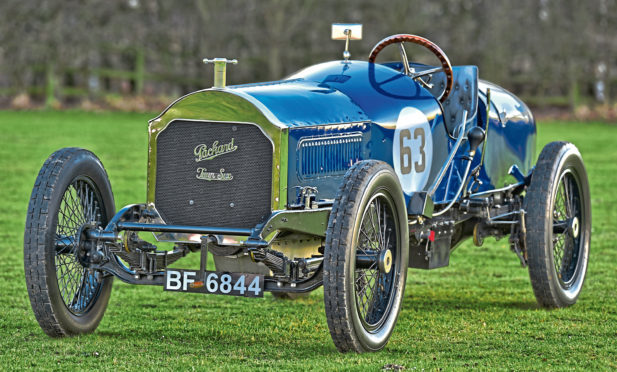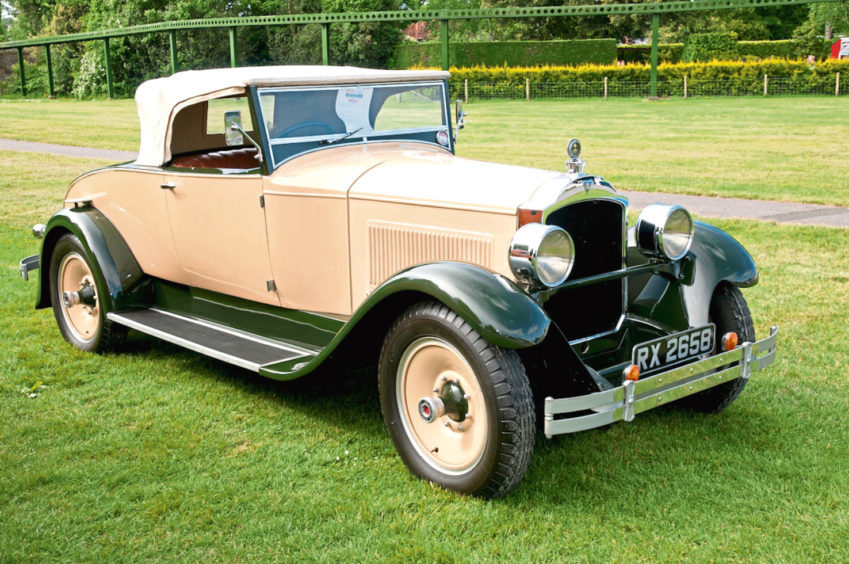Over the decades, the United States lost probably more car marques than Britain did, although many of them came and went in the early part of the 20th century and were rarely exported to Europe.
One marque that for years came to embody the best of American engineering was Packard, but in the late 1940s and 1950s it couldn’t compete against the growing size and muscle of America’s “Big Three” car makers — General Motors, Ford and Chrysler.
Ironically, since those halcyon days, General Motors and Chrysler have taken a tumble, sold their European factories and marques and now play second or even third fiddle to the likes of Toyota and Mercedes.
Packards are rarely seen today, other than at US or Canadian classic car shows or auctions.
Yet in many 1920s and 1930s US novels, the rich owned or were driven in Packards. They also sold well overseas—Japan’s royal family owned 10 of them in 1931.
A cream Packard convertible had a star role in Back to the Future, when Marty’s father knocked out Biff outside the school dance.
Packard also has a place in second world war history. The company bid for and was granted the rights to build the immortal Rolls Royce Merlin engine that powered the Spitfire.
Thousands of the 27-litre power units poured from Packard to propel the US’s famous Mustang fighter.
Packard was started by brothers James and William at Warren, Ohio, in 1899, building 400 cars over four years.
A Detroit tycoon, Henry Bourne Joy, bought one and was so impressed he persuaded bankers and investors to build a 40-acre state-of-the-art factory at Detroit in 1903, from which millions of cars emerged over the next 50 years.
After the 1929-33 depression, Packard introduced the cheaper, mass-produced “Junior 120” range, which sold very well but dented the upmarket cachet of the hand-finished “Senior” range.
Post-war, Packard merged the two ranges and pushed into the fleet and taxi markets, which further damaged their image, and they couldn’t compete against GM and Ford anyway.
In 1953 Packard was merged with equally struggling Studebaker and by 1957 Packards were “badged” Studebakers that vanished the following year.
However, thousands of Packards can still be found the world over and, amazingly, their fire-gutted Detroit factory still stands.

